
Dissolving Chronic Pain in Tendons, Ligaments, and Connective Tissue
Years ago, I was traveling in Mainland China. Back then, I had lots of Musculo-skeletal pain. I went to a tui-na therapist and asked him to focus his attention on the pain and tightness around my shoulder from repeated injuries over the decades. Tui-na is a form of massage therapy which, in my case, involved focused, repetitive deep tissue massage to break up stiffness, adhesions, and scar tissue to help accelerate the recovery of my sore shoulder.
The process was quite painful, but I believed it would help me to overcome a long-term weakness in my body. What I didn’t suspect was that this process of breaking up old scar tissue would trigger extensive pain and inflammation in all those areas where the therapist broke up the stiffness, disturbing my sleep. I naturally reached for my Infratonic and applied it to all those new areas of pain and tenderness around my shoulder, neck, and back where the therapist had worked. I realized several things about this process.
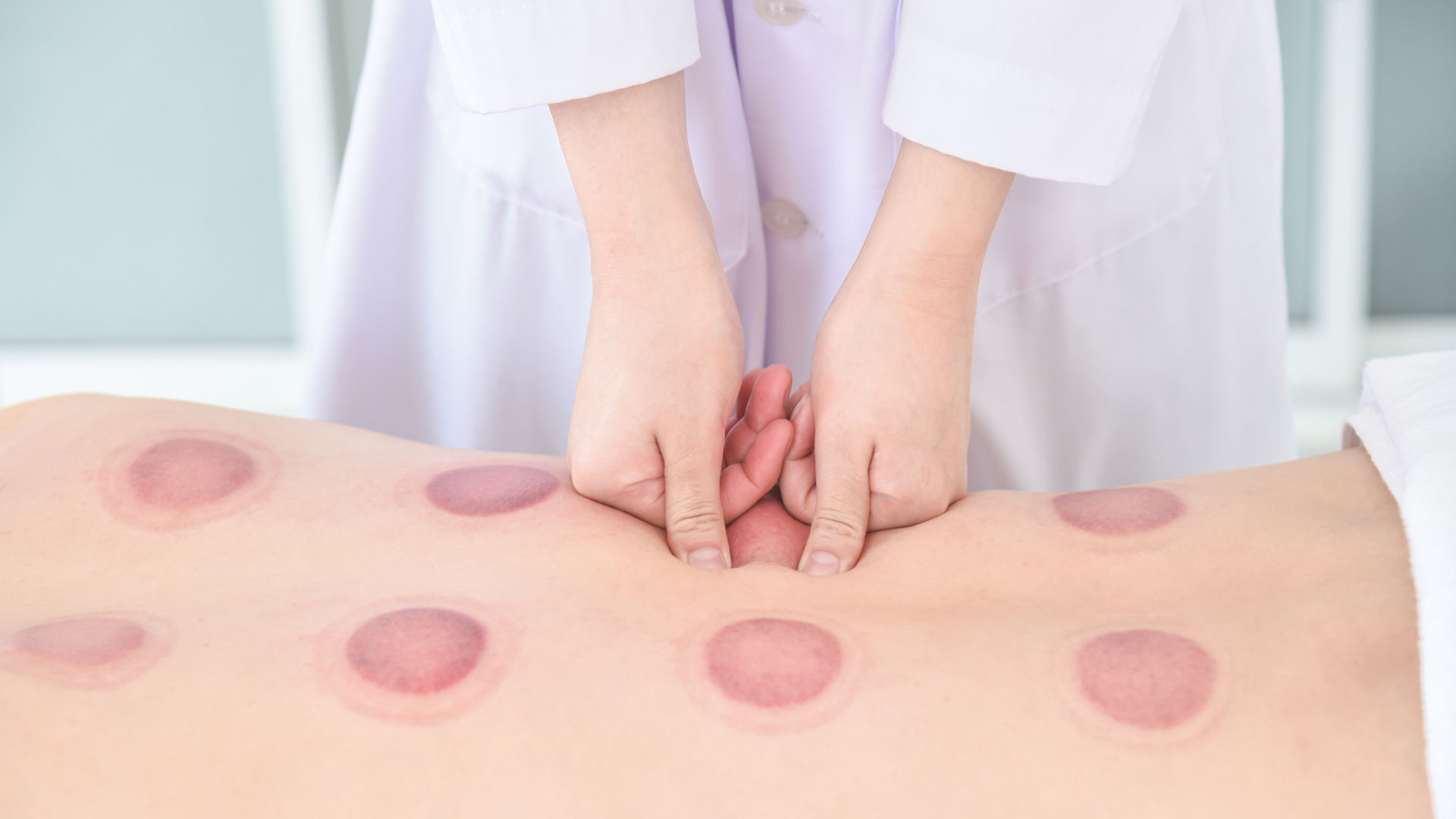
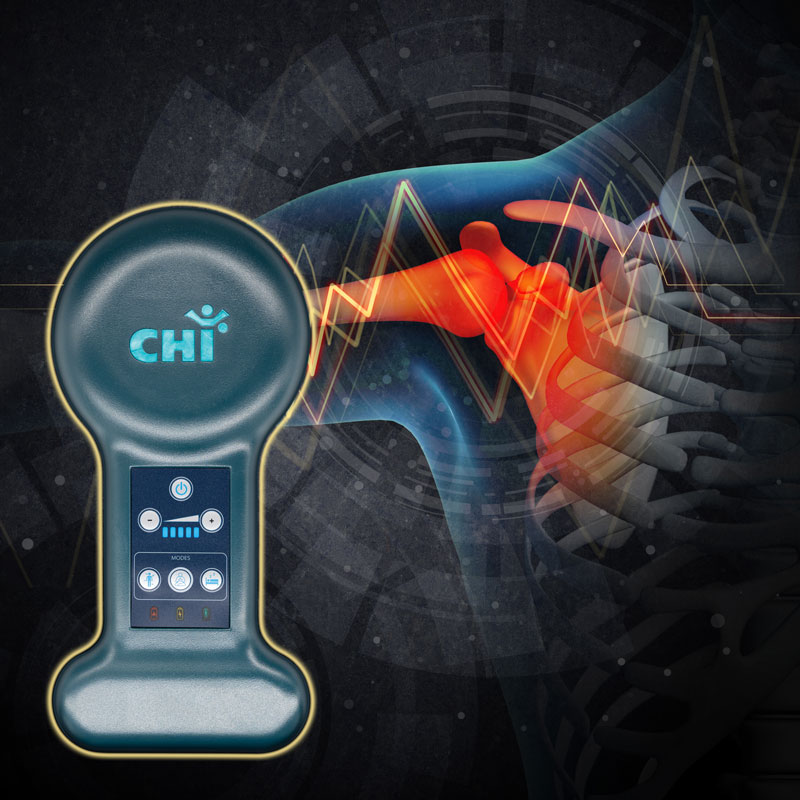
First, somewhere along the healing process, the body often forgets that it is injured and doesn’t heal fully.
This is why it is important that people continue to apply the CHI Palm to recent injuries like a sprained ankle or other orthopedic injury for several weeks after the pain has disappeared. This encourages the body to replace adhesions and scar tissue with healthy tissue to complete the healing process.
This is often attributed to a higher concentration of hyaluronic acid in children which allows tissue to re-organize more easily. A related factor here is the gradual buildup of advanced glycemic endproducts, (AGEs). These toxins harden adhesions and scar tissue. Over the years, as oxidative pollution and free radicals accumulate in the body they attack sugars in the blood. These free radicals get embedded into connective tissue causing cross-linking between layers of facia, whether muscle fibers, tendons, or any other part of the connective tissue.
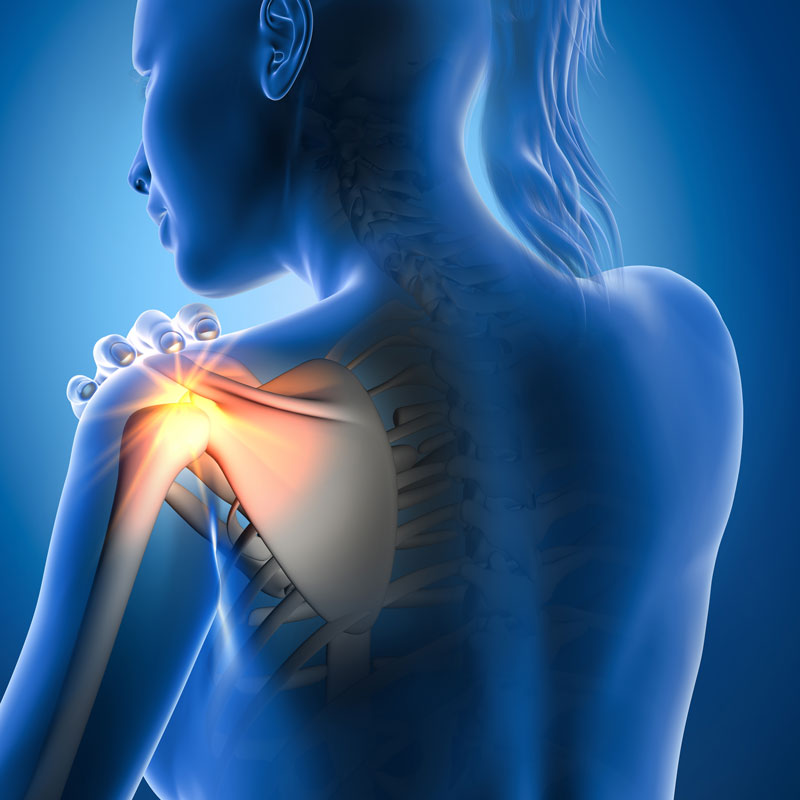
The result is the gradual accumulation of stiffness, tightness, and pain, and a weakness towards future injury.
Hardened connective tissue tends to break or tear rather than stretch. Wherever the CHI Palm is applied, hyaluronic acid is produced and mobilized to soften scar tissue and build new, healthy connective tissue.
I observed that the tui-na massage not only broke up the hardened tissue, making it easier for the AGEs to be released, but also awakened the old anger in my tissue which then expressed itself through inflammation. This inflammation involves a swelling and production of fluid that has the potential to wash away the old AGEs from the tissue. However the excess inflammatory reaction from the therapy also has the potential to do further damage to the muscles and tendons in my shoulder if it is excess and uncontrolled. By applying the Infratonic I was mobilizing the cells toward cooperative behavior instead of rebellious behavior. Thus, while the deep tissue massage activated the stored anger and rebelliousness in my shoulder, the CHI Palm directs this metabolic energy toward healing.
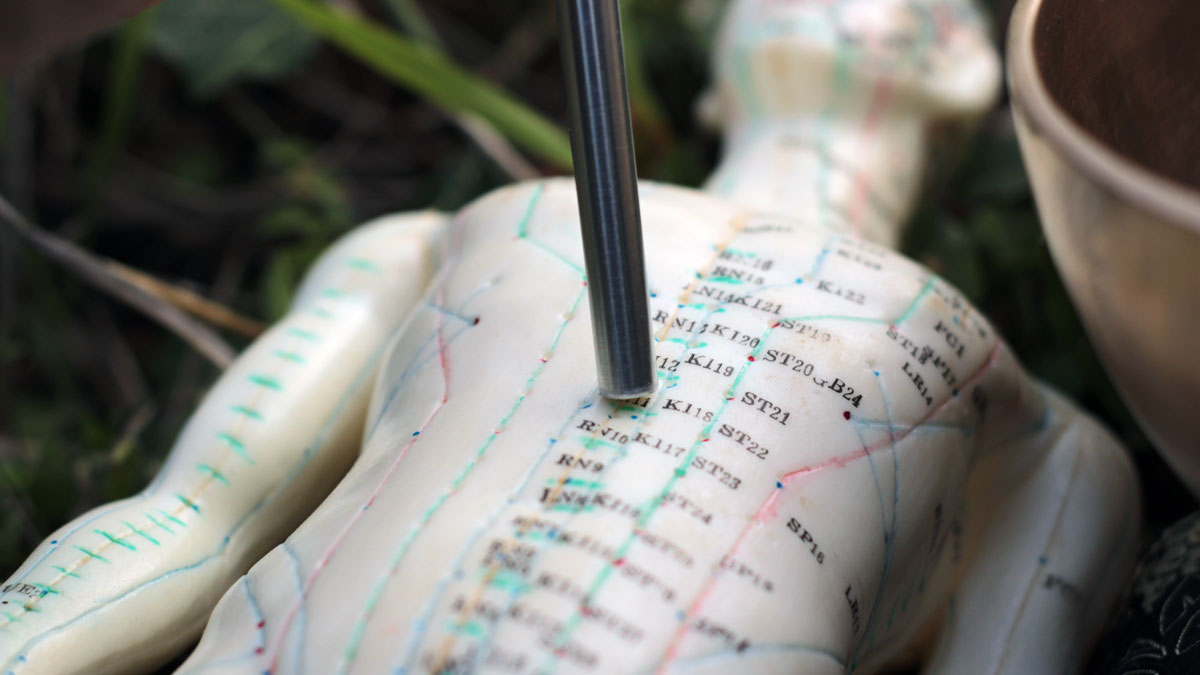
Comments (2)
Leave a Reply
You must be logged in to post a comment.
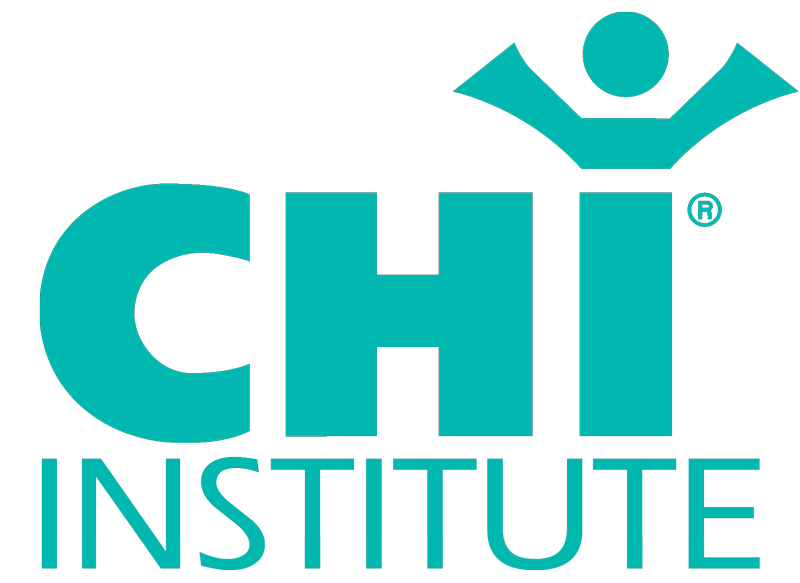

Hi – I have a Chi Pulse, but have just been using it when I think of it, and have no idea how I should be using it with patients (I’m a podiatrist). Is there somewhere I can learn the optimal ways to use it?
Hi Dr. Brown, If you mean by CHI Pulse you mean CHI Palm, then this CHI.us website is the perfect place for you to learn how to use the CHI Palm.
First, many get the CHI Palm for a specific purpose like a painful shoulder or PMS. When the problem fades away they might put it in the closet and forget about it. One might keep it in the medicine cabinet, though I keep mine by my bed and often apply it to whatever seems to be uncomfortable that night.
Many have used them after foot surgery to reduce pain and swelling, to prevent the development of scar tissue and to accelerate recovery. Sprains and strains respond very well to the CHI Palm, with most swelling disappearing within 10 minutes. The damaged tissue tends to grow back and heal more completely with less scar tissue. The simple way to apply it is to set it for Balance and put it where it hurts. Where there is tissue injury to heal, it is valuable to apply it daily for a week or two or longer.
There are probably many other ways a podiatrist might apply the CHI Palm. You can look at User Reports and Protocols under the Resources tab above.